Tender launched to double number of police cameras in Singapore to over 200,000 by mid-2030s
Police cameras have helped to solve about 7,500 crimes since they were first installed across the country in 2012.
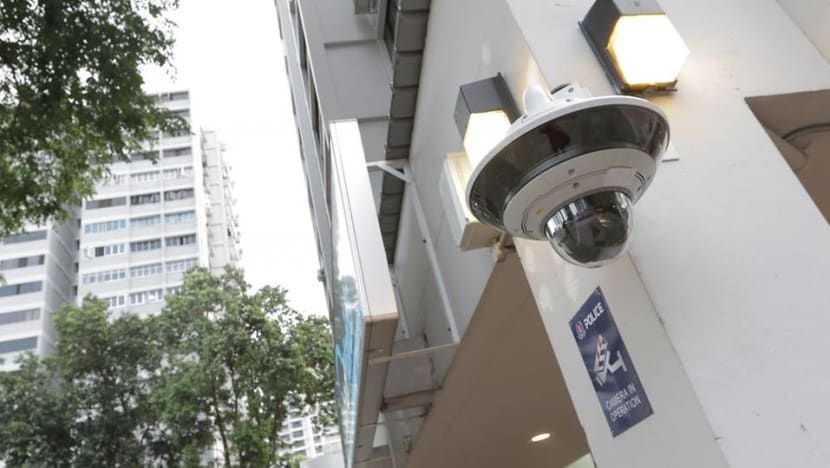
A police camera installed at an HDB block. (File photo: TODAY)

This audio is generated by an AI tool.
SINGAPORE: The Singapore Police Force (SPF) on Monday (Oct 30) put out a tender to double the number of police cameras installed across the country, partly to better cover new housing estates and infrastructure that have been built since such cameras were introduced in 2012.
Under the tender, more than 90,000 existing police cameras at public housing blocks, multi-storey car parks and other public areas in neighbourhood and town centres will also be progressively replaced by new ones.
By the mid-2030s, more than 200,000 police cameras in total will be installed islandwide in public areas “to enhance public safety and security, and aid in police investigations”, said SPF in a press release.
Plans to increase the number of police cameras were first announced in 2021.
On Monday, SPF said that the cameras will be installed at more locations such as commercial, entertainment and recreational areas with high footfall and where crowds gather.
They will also be installed at more bus stops, the immediate vicinity of MRT stations and bus interchanges, as well as other common areas in residential estates like ground-floor lift landings.
Currently, not all bus stops are equipped with police cameras – only those linked to Housing and Development Board (HDB) blocks are. Under the tender, all bus stops in Singapore will have such cameras.
In response to CNA’s queries on privacy concerns, an SPF spokesperson said that police cameras are only deployed at locations where the cameras’ field of view covers public spaces.
The police have also implemented “strict data protection safeguards and controls on the storage, access and use of police camera footage”, the spokesperson added.
Such footage is securely stored and will be deleted after 31 days from when it is recorded unless it is required for investigations. Only authorised people are allowed to access the footage for official purposes.
“There are also regular audits conducted to prevent and detect any unauthorised access. Any person found accessing the footage for unauthorised purposes will be severely dealt with,” the spokesperson said.
SPF said that police cameras have helped officers solve about 7,500 crimes and reduced the time spent on investigations.
These include physical crimes such as unlicensed moneylending-related harassment cases with property damage, housebreaking, motor vehicle thefts, as well as theft from vehicles at HDB estates and car parks.
In some instances, the police have used the footage with video analytics to identify, locate and nab suspects within hours of a crime being reported, added SPF.
“The technology for video analytics in (police cameras) is continuously refined to aid the police in expediting the review of recorded footage for leads to help solve crimes,” SPF said.
Police camera capabilities vary depending on operational needs, but some common features are a 360-degree pan-tilt zone, high-definition video recording and the ability to capture footage in various lighting conditions.
In a 2021 public perception survey conducted by the police, 91 per cent of respondents supported the deployment of police cameras in public areas to deter, detect and solve crimes.
The public also identified the presence of closed-circuit television (CCTV) cameras as the most important factor contributing to their sense of safety and security.
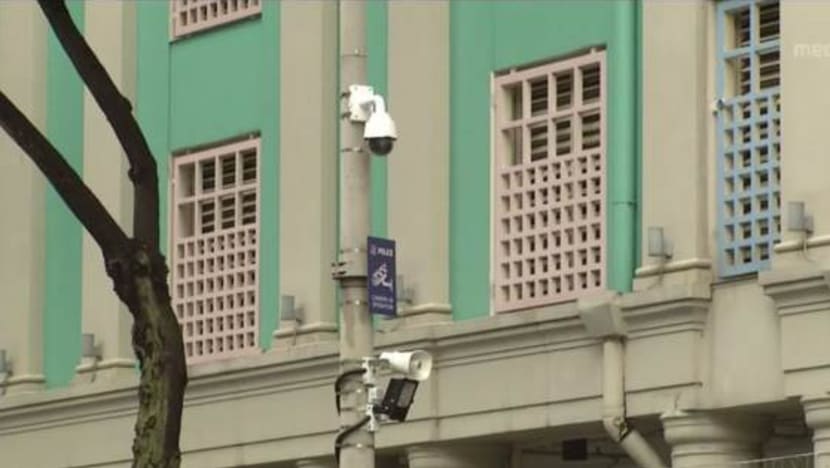
WOMAN CHANGED CLOTHES TO AVOID CAPTURE
The police highlighted two cases to show how police cameras have helped in solving crimes.
One that made the news was a woman who splashed boiling water on her husband earlier this year, before fleeing the scene and taking a ferry to the nearby Indonesian island of Batam.
Officers from the Police Coast Guard managed to intercept the ferry while it was en route to Batam and arrested her.
Indonesian national Rahimah Nisva, 29, was sentenced to eight months’ jail in May. Her attack left her husband – who wanted to divorce her – with second-degree burns and blisters.
Station Inspector (SI) Siti Shamsiah Mohamed Deshah, a watch officer at the police operations command centre, told reporters that they reviewed police camera footage from 10 housing blocks and MRT stations in the vicinity to identify the suspect.
Rahimah had worn a black dress and headgear that left only her eyes exposed, which meant her husband initially could not identify her. She had splashed the hot water on his back when he was putting on his shoes outside his Geylang flat at around 7am.
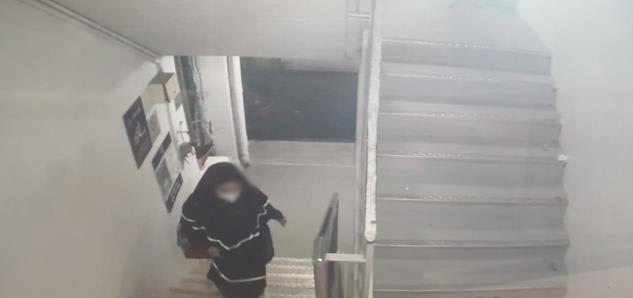
SI Shamsiah said that the police were alerted to the case by the Singapore Civil Defence Force. When the victim revealed he had seen the suspect flee the scene, more police officers were deployed to the scene.
The police then retrieved police camera footage from slightly before and after the crime took place, in order to track her escape route.
SI Shamsiah spotted her in a video at a nearby HDB staircase landing and gave this information to officers on the ground, who made enquiries and looked at CCTV footage from a nearby supermarket.
Rahimah had changed her attire there after committing the offence.
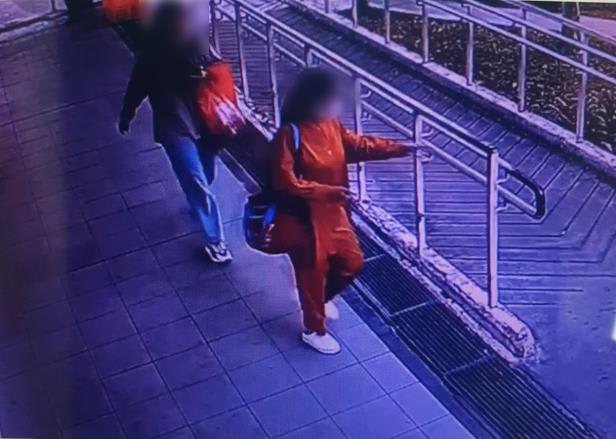
Upon showing the suspect’s face from the video footage to the victim, he identified her as his wife.
Officers from the police operations command centre then relayed Rahimah’s identity to other units, including the Police Coast Guard. The police also alerted the Immigration and Checkpoints Authority, which provided more details on her departure.
SI Shamsiah added: “After trawling police cameras, knowing that she changed her attire, (we disseminated) this crucial piece of information to the forces who were still on the ground looking for her.”
LOANSHARK HARASSMENT
Another case involved a man who committed loanshark harassment offences.
The police were first alerted to the case at a residential unit along Compassvale Crescent in June 2022. The residential unit's gate had been chained with a bicycle lock after the victim fell for a loan scam.
Senior Staff Sergeant Tay Jian Long was among officers from Ang Mo Kio Police Division who went through police camera footage from at least six HDB blocks.
They soon figured out that a man was behind the case, as well as three other similar offences in the northern and north-eastern parts of Singapore.
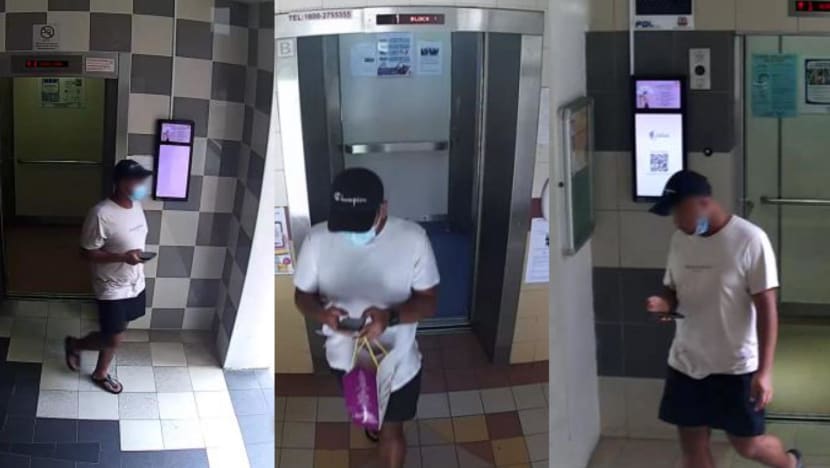
The suspect was arrested within a week after the first incident when he was captured on camera leaving on a motorcycle.
He was eventually sentenced to six months’ reformative training in August this year.
SSS Tay said that police camera footage helped to significantly cut down on investigation time. Officers looked through such footage at lift lobbies and HDB blocks before sharing information on the suspect, such as his attire, with all police units.
"We could actually send the bicycle lock for forensics, but it would take longer than usual because the forensic result won’t be immediate," added the crime strike force officer from Sengkang Neighbourhood Police Centre.
















